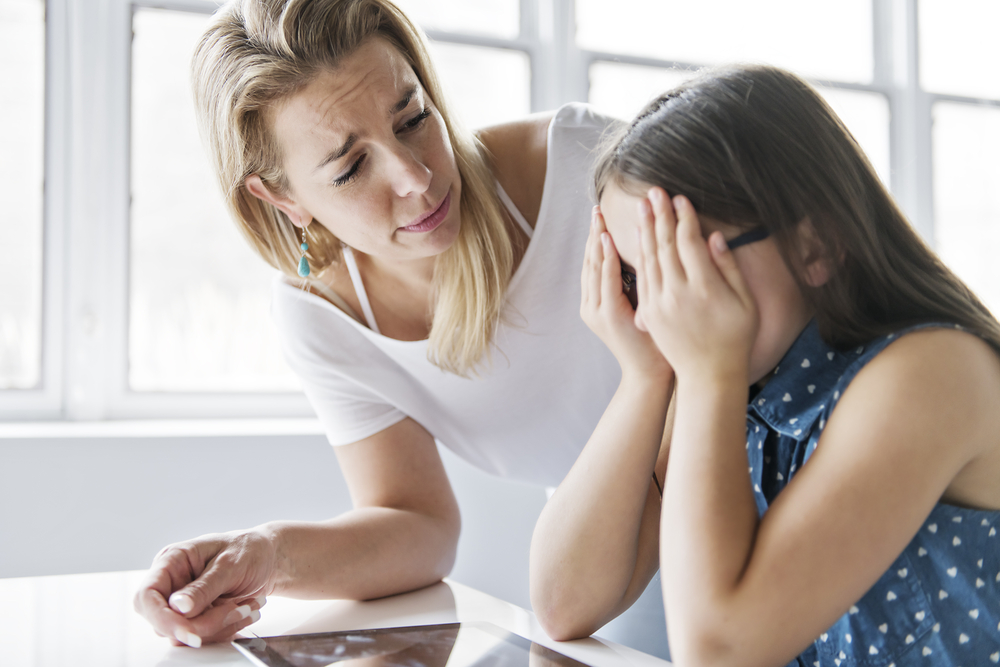Mary got an F on her science project. She’s never received a grade this low. Mary decides that her teacher won’t get away with this. When she gets home, she sets up a social media profile using her teacher’s school website picture. Through this profile, Mary has every intention to humiliate her teacher, without having to say anything to her face.
Cyberbullying usually happens between students from different social groups. But what happens when the bullying is focused on the teacher?
How Often Does It Happen?
More than one in seven teachers have been a victim of cyberbullying. An article in The Week describes one particularly chilling example. Amy, a teacher with 16 years of experience, always expected students to say something rude from time to time. However, she never imagined that she’d be the victim of a student-led cyber-attack. In 2013, a group of students created a Twitter account under her name. According to the article, the fake account made sexually suggestive remarks about students who interacted with the account, among other things. While school officials helped delete the account, Amy’s questioning of students made one confess as the culprit. That didn’t stop the harassment.
Students also make fake accounts to trick their teachers. The UK newspaper Independent reports that some students make fake Tinder profiles and set up dates with teachers. This allows students to exploit a teacher’s private life. They persuaded the teacher to send inappropriate photos to the fake account. They then shared those pictures across the internet and throughout the school.
Why Does It Happen?
Social media encourages this kind of impulsive behavior. Students can make accounts and say whatever they want because the likelihood of them being caught is low. According to NoBullying.com, they don’t have to deal with the immediate backlash of saying something hurtful to a teacher directly.
Are Teachers Protected Under the Law?
In 2012, the first and only law to criminalize cyberbullying teachers was passed in North Carolina. That School Violence Prevention Act prohibits students from intimidating or attacking a teacher online. The Act specifically focuses on attacks damaging the character and career of teachers. Other than this law, very few exist in other states to protect teachers.
How Can Teachers Protect Themselves?
Teachers across the nation are calling for reform and help. It’s hard enough trying to keep a classroom of students in order. When the disorder turns digital, one can only do so much. While waiting for laws to protect them from electronic career damage, NoBullying.com recommend that teachers do the following to protect themselves and their reputations:
Look yourself up often. Use search engines like Yahoo, Bing and Google to look up your name or any nicknames your students may call you. If you find inappropriate comments or videos, contact the site administrator and report them. More often than not, the administrators will either remove the comments from the page or remove the perpetrator’s profile page altogether.
Do not mix your personal and professional life. Schools increasingly encourage educators to communicate with students and parents via email and social media. This can sometimes blur the lines of their personal and professional lives. Create a separate social media account for your professional communications. Finally, never post personal information or personal pictures to your work-related page.
Use password protection. Consider password protecting your personal social media page so that only friends and family can view your page. Just to be safe, avoid posting anything online that can be seen as unprofessional by your students.
Text by Jazelyn Little


